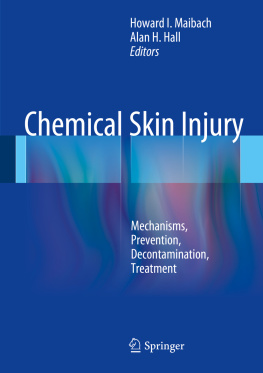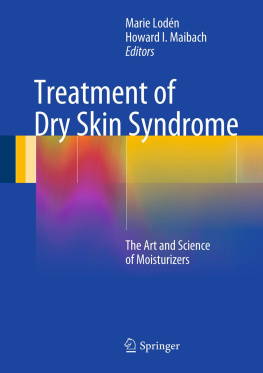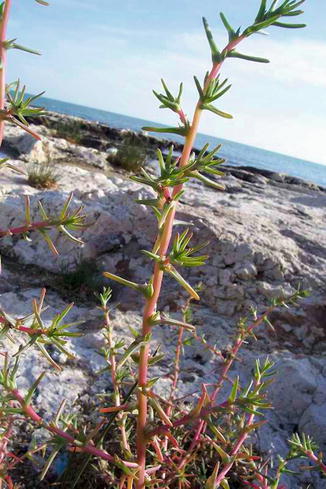1.1.3.1 The Invention of Strong Acids and Bases
Chemistry is a science of which the theories have only lately been established (in the 1800s to the 1900s). It has been preceded by many centuries of human activities in many domains in such fields as archeology, but above all, certain writings which have come to restore knowledge that might have remained unknown to us.
The ancient Greek and Alexandrian alchemists made many original discoveries, but their acceptance into Greek and Arabic science was at a time of particular inspirations. It was in this way that the alchemist Jabbar ibn Hayyan, known in the Persian West under the name of Geber, originally made the discovery of hydrochloric and nitric acids among many memorable discoveries at the end of the eighth century.
Hydrochloric acid was known in Europe during the Middle Ages under the name of spirits of salt. The industrial production of this acid developed as a by-product of the manufacture of alkalis, notably of calcium carbonate. Nitric acid was utilized by Albert le Grand to separate gold from silver. Lavoisier showed that nitric acid contained hydrogen and nitrogen. Industrial manufacturing commenced in the nineteenth century, by diverse methods which allowed lower and lower costs.
Sulfuric acids were known under the names of vedriol and vitriol since the eleventh century. It was well known to alchemists who attributed to it the symbol of the green lion (Fig. ). Moreover, one sees the successful use of vitriol in criminality in the nineteenth century and later.
Fig. 1.1
The green lion: alchemistic symbol for vitriol, engraving by Thodore de Bry illustrating the Atalantis Fugiens of Albert Maier
The discovery of bases is also very ancient. In prehistorical times, plants were utilized because they could be made into soaps. They had to be burned, and the cinders could be made into soaps, such as Marseille soaps or Aleppo soap, depending on where they were made. The plants alkaline properties, whether the species were Salicornia or simply common soda ( Salsola soda [), define the properties that allow soaps to be made.
Fig. 1.2
Salsola soda (2006 Rignanese [])
From the vegetal soda (sodium carbonate) caustic soda (sodium hydroxide) was obtained through the process of caustification. The process was improved by Nicolas Lebanc (1791) and Ernest Solvay (1861) who obtained sodium hydroxide by the electrolysis of sodium chloride.
As we noted the discovery of acids and strong bases has often preceded, by one or two millennia, their industrial manufacturing.
Accidental exposures to such products themselves have been limited and confined to alchemists, scholars, and other researchers and eventually as well to those with other expertise. However, the manufacture in ton batches in place of gram amounts and the exposure of large numbers of workers to strong acids and bases are implicit in numerous industrial chemical processes. It thus remains possible that chemical splashes with these products might be abundant.
1.1.3.2 Accidents and Attacks
Once they were scientifically discovered, strong acids and bases were rapidly adapted into the areas of warfare and criminal attacks. As such, during the course of the nineteenth and twentieth centuries, it is possible to observe the effects of these products in domestic or industrial accidents, as well as in personal attacks with acids and bases and in wartime with toxic gases in combat.
It is notable that many criminal actions have been based on the use of chemical products, such as the Tokyo attack by the Aum sect, as well as the atrocities under the Nazi regime.
Attacks with Acids or Vitriol
Assaults with vitriol were popularized in the newspapers in the nineteenth century. Among the authors who played a role in these, Alexandre Dumas had some heroes and heroines who were capable of doing so [].
During the middle portion of the nineteenth century, acid attacks were mostly done by women who did not require the strength necessary to use knives or revolvers (these were more difficult to obtain than a bottle of acid). In the twentieth century, we saw the emergence of chemical attacks by men against women in the third-world and developing countries, India, Pakistan, and Bangladesh, but also in other Asian and African countries. It is interesting to note that the attention brought to bear for the victims is a rather recent development and some associations have begun to assist them because they bear the burdens of social disapproval and disfiguration. The Acid Survivors Foundation in Bangladesh), but there exist other associations in the world which merit generous consideration.














